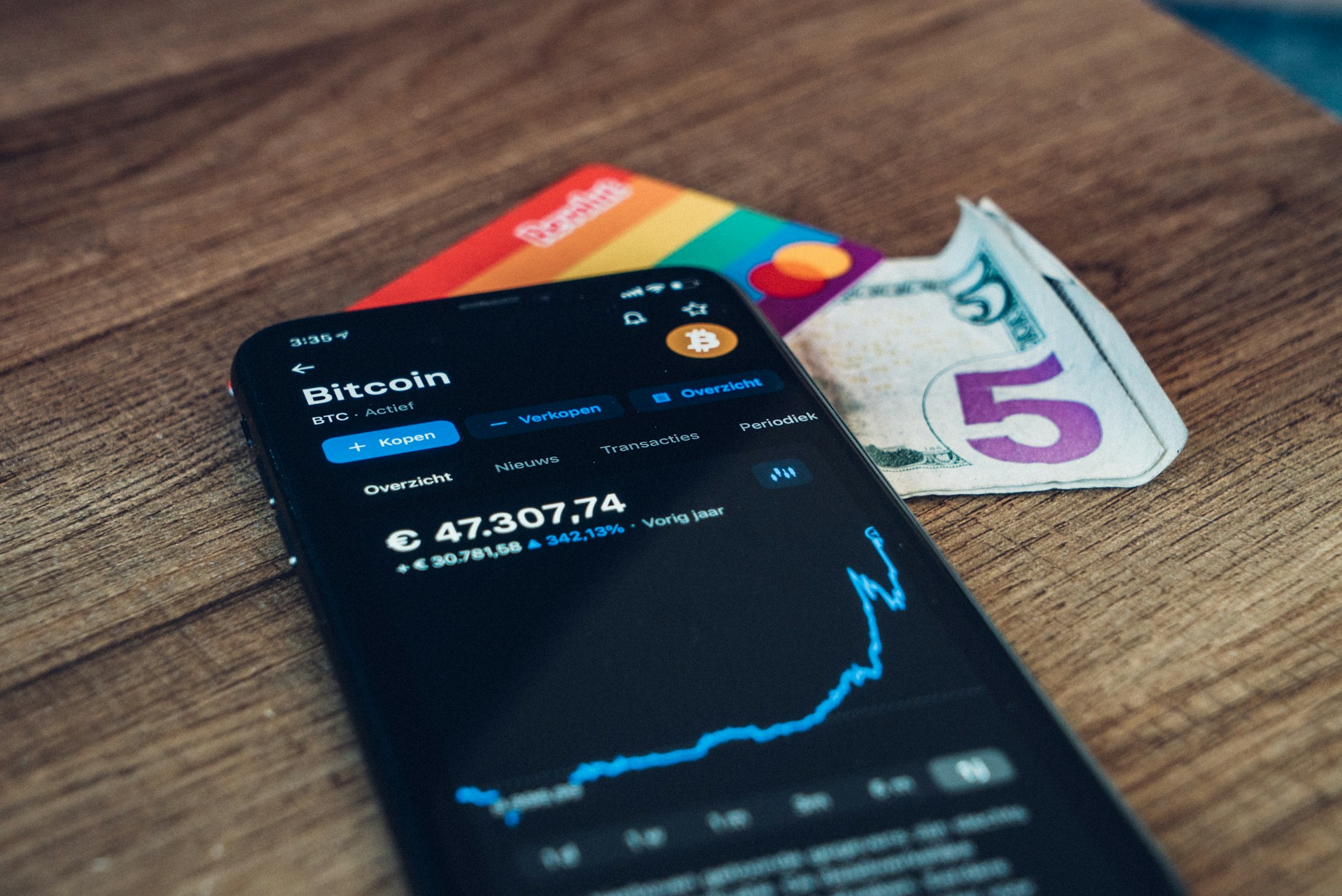Bitcoin Halving Events and Their Impact on Price Dynamics
One of the distinctive tenets upon which the innovative cryptocurrency Bitcoin operates is the phenomena referred to as “halving.” About every four years, this predefined event that is embedded in the Bitcoin protocol cuts in half the incentive that miners earn for confirming transactions.
The most recent halving occurred in 2020, and understanding how it affected price dynamics requires knowing more about the condition of cryptocurrencies in general. The market is significantly impacted by events concerning the halving of bitcoin, which changes supply and demand dynamics and, ultimately, price variations.
The halving events evolve into momentous shifts in the ongoing process of adapting to the rise of virtual currencies, affecting not only the market dynamics but also how Bitcoin functions within the framework of a broader economy. Bitcoin’s role as a disruptive force in the financial industry is confirmed by the market’s steady expansion, which has been spurred by several halving occurrences.
The Bitcoin Halving Dynamics
The supply side of the equation is substantially changed by the halving’s reduced issue of new bitcoins. Similar to precious commodities like gold, a scarcity effect arises when the rate of new Bitcoin generation declines. Due to the fact that there is less supply than there is demand, investors tend to be more bullish because they believe that the value of the bitcoins that are already in circulation will increase. One important psychological component that frequently causes a large amount of price volatility in the run-up to a halving event is the expectation of scarcity.
Furthermore, the halving mechanism supports Bitcoin’s long-term goal of becoming a reliable store of value in addition to having an impact on the dynamics of the market in the near term. The deliberate cap on new bitcoin generation supports the deflationary character of the digital asset and the story of Bitcoin as “digital gold.” Similar to how gold has been seen for centuries, this parallel highlights the distinct position that Bitcoin enjoys in the financial landscape as investors increasingly see it as a hedge against traditional economic risks.
Elements Affecting Bitcoin Prices After Halving
Prior to exploring the variables impacting Bitcoin prices after the halving, it is important to understand the complex interactions between variables that form the cryptocurrency market. There are multiple factors at work, all of which contribute to the intricate dynamics that are seen after a halving event.
- Historical Trends: Researching the past shows that there have been significant spikes in Bitcoin values after prior halving occasions. A number of factors, including media attention, growing consciousness, and the psychological effects of scarcity, are blamed for this trend. Comprehending and examining these past trends can offer valuable perspectives on prospective price fluctuations following the halving.
- Miner Behavior: Miners’ incentives and actions may be greatly impacted by the lower block rewards. After the halving, miners may decide to quit the network because of lower profitability or they may decide to keep mining in the long run in the hopes that Bitcoin would be valued more highly. Monitoring miner behavior after the halving is critical as it plays a major role in deciding the stability and security of the Bitcoin network.
- Market Sentiment: In the bitcoin market, investor sentiment is crucial. Positive post-halving attitude that is fueled by the story of scarcity and potential worth in the future may result in more purchases. On the other hand, short-term price corrections can be influenced by worries about the direct effects on miners and short-term profitability. It is essential to comprehend and assess market mood to forecast short-term price changes.
- External Factors: The dynamics of Bitcoin’s price are not independent of larger economic and geopolitical ones. After the halving, the price of Bitcoin may be impacted by outside factors like macroeconomic trends, legislative changes, or international financial crises. In addition to halving events, traders and investors must take these outside elements on account in order to make well-informed judgments.
Events involving Bitcoin halving highlight the deflationary character of the coin and the discipline ingrained in its coding. Even though these occurrences might cause price volatility in the near term, they also support the long-term thesis that Bitcoin is digital gold.
Comprehending and evaluating the variables impacting Bitcoin values after the halving event is crucial for industry players seeking to maneuver through the ever-changing cryptocurrency terrain. The effect of halving occurrences on the dynamics of Bitcoin’s price is still an intriguing topic for analysts, investors, and fans to research as the market develops.
The Effect of Bitcoin Halving on the World
The world’s perception of cryptocurrencies is affected by events involving the halving of Bitcoin in addition to supply and demand. As Bitcoin gains more and more traction, halving events are a great way to spark a discussion about decentralized finance and the direction of money.
In addition to cryptocurrency followers, institutional investors, regulators, and well-established financial organizations are taking notice to the halving of Bitcoin. This heightened attention fosters the development of the bitcoin market and a more nuanced understanding of its role within the broader financial system. The halving occurrences of Bitcoin have shaped not only its own trajectory but also the continuous shift in the global financial paradigm as it continues to evolve.











